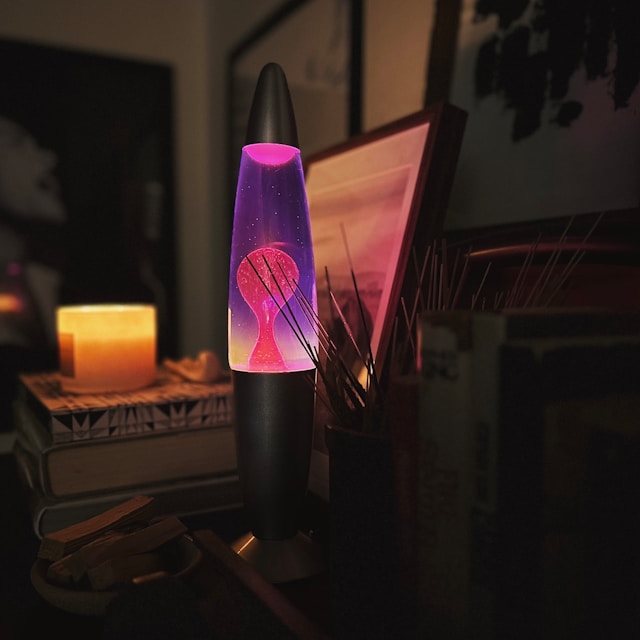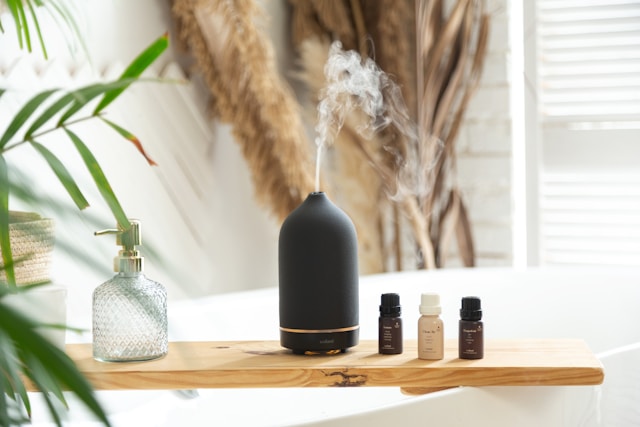
What is a Sensory Room?
A sensory room in care homes is a thoughtfully designed space that provides comfort, calm, and therapeutic value for individuals with sensory processing difficulties. When you’re supporting residents with dementia, or other sensory needs, a sensory room can make a world of difference. By tailoring the space to be calm and relaxing, you help create a safe haven where people can feel peaceful and create a connection with loved ones who join them in the activity.
When designing an effective sensory room, the key is to focus on the people you'll be supporting, understanding their needs, sensitivities, and what makes them feel secure. Care homes can make their sensory room a cornerstone of comfort and well-being for those who need it most.
Choosing the Right Sensory Room Features
Transforming a standard room into a therapeutic sanctuary starts with choosing the right sensory features, including mood lighting . Sensory equipment, like weighted blankets, bubble lamps, and tactile panels, are a lovely way of providing the input needed for emotional regulation. These features serve as anchors, helping individuals feel grounded and secure.
For those on the autism spectrum, items that offer deep pressure, such as weighted lap pads or compression cushions, are especially beneficial. Mood lighting is another essential element, as gentle, adjustable lights can reduce anxiety and support relaxation. For people living with dementia, a well-arranged sensory room offers consistent, predictable experiences that help ease moments of confusion or overwhelm. It’s important to introduce new features gradually, allowing time for adjustment so the space remains a source of comfort rather than stress.


The Value of Sensory Tools and Equipment
Sensory tools are at the heart of an effective sensory room. Fidget toys, textured surfaces, and visual stimulation devices help maintain focus and promote emotional balance. Noise-cancelling headphones, soft music players, and familiar sensory items, like a favourite blanket or calming essential oils, can offer a sense of control and reinforce coping strategies—some care homes offer relaxing aromatherapy hand massages to their community as part of the sensory experience.
Personalising the room with these tools not only supports regulation but also reminds users of what helps them feel safe and comfortable. The process of selecting and integrating sensory equipment should always be guided by individual preferences, ensuring the environment is both effective and welcoming.
Decorating with Meaningful Sensory Touches
Decor plays a significant role in how a sensory room feels. Soft, calming lighting such as fibre optic strands or gentle projection lights can create a peaceful ambiance. Visual elements, like images of nature or calming landscapes, add a sense of tranquillity and can be especially helpful for those transitioning from clinical or hospital settings.
For people who find comfort in specific environments, incorporating nature sounds, familiar scents, or themed decorations can evoke positive associations and help them settle into their sensory routine. Regularly updating and personalising decorations ensures the sensory environment remains engaging and meaningful.
Creating a Space for Therapeutic Connection in Care Homes
A sensory room isn’t just for individual regulation, it can also be a place for connection among staff, carers, and residents. Designing the space to accommodate therapists, or family members encourages meaningful engagement and supports therapeutic activities. Comfortable seating, shared activity surfaces, and calming background sounds all contribute to a welcoming environment where relationships can flourish. In high-quality care settings, staff understand the importance of maintaining supportive relationships and will work with families to make the sensory room as accommodating as possible for both therapy and family interaction.
The Power of Sound and Scent
Sound and scent are powerful tools for sensory regulation. Aromatherapy, white noise machines, and gentle nature sounds can instantly make a sensory room feel more calming. Music therapy, whether it’s classical music, environmental sounds, or rhythmic patterns, can help individuals relax and connect with others.
These sensory elements are particularly beneficial for people with autism or dementia, as they promote positive emotional responses and help manage stress. By carefully selecting sounds and scents that are soothing and familiar, you can further enhance the therapeutic value of the room.
Balancing Therapy and Comfort in Dementia Care
While it’s important to include therapeutic tools and features, comfort and accessibility should always be a priority. The space should be safe, easy to navigate, and tailored to the individual’s needs. In residential and dementia care settings, sensory rooms provide essential support for those with complex needs, helping them feel secure and understood.
Working with care teams and families to optimise the sensory room ensures it remains effective and user-friendly. Consider the location and accessibility of the space within the home or care facility, making sure it’s convenient for both residents and visitors.
The Benefits of a Therapeutic Sensory Environment
A well-designed sensory room can transform daily life for nursing home residents with sensory processing challenges. It offers a dedicated space for self-regulation, emotional support, and respite during overwhelming moments. For families, knowing their loved one has access to such a space provides peace of mind and confidence in the quality of care being provided.
Care homes that prioritise sensory room design demonstrate a commitment to person-centred care. Families should feel empowered to advocate for sensory accommodations, knowing that their loved one’s comfort and well-being are at the heart of quality support.
Not Just Mood Lighting
Creating a sensory room is a meaningful way to support individuals with sensory processing needs, including dementia. By focusing on comfort, personalisation, and therapeutic value, you can design a space that truly makes a difference, helping careseekers and their loved ones feel safe and supported.
If you'd like to see how we use our sensory room at Maplebrook Care Home to support our residents please get in touch, we'd love to show you around and give you an clearer idea of all the activities we offer.
